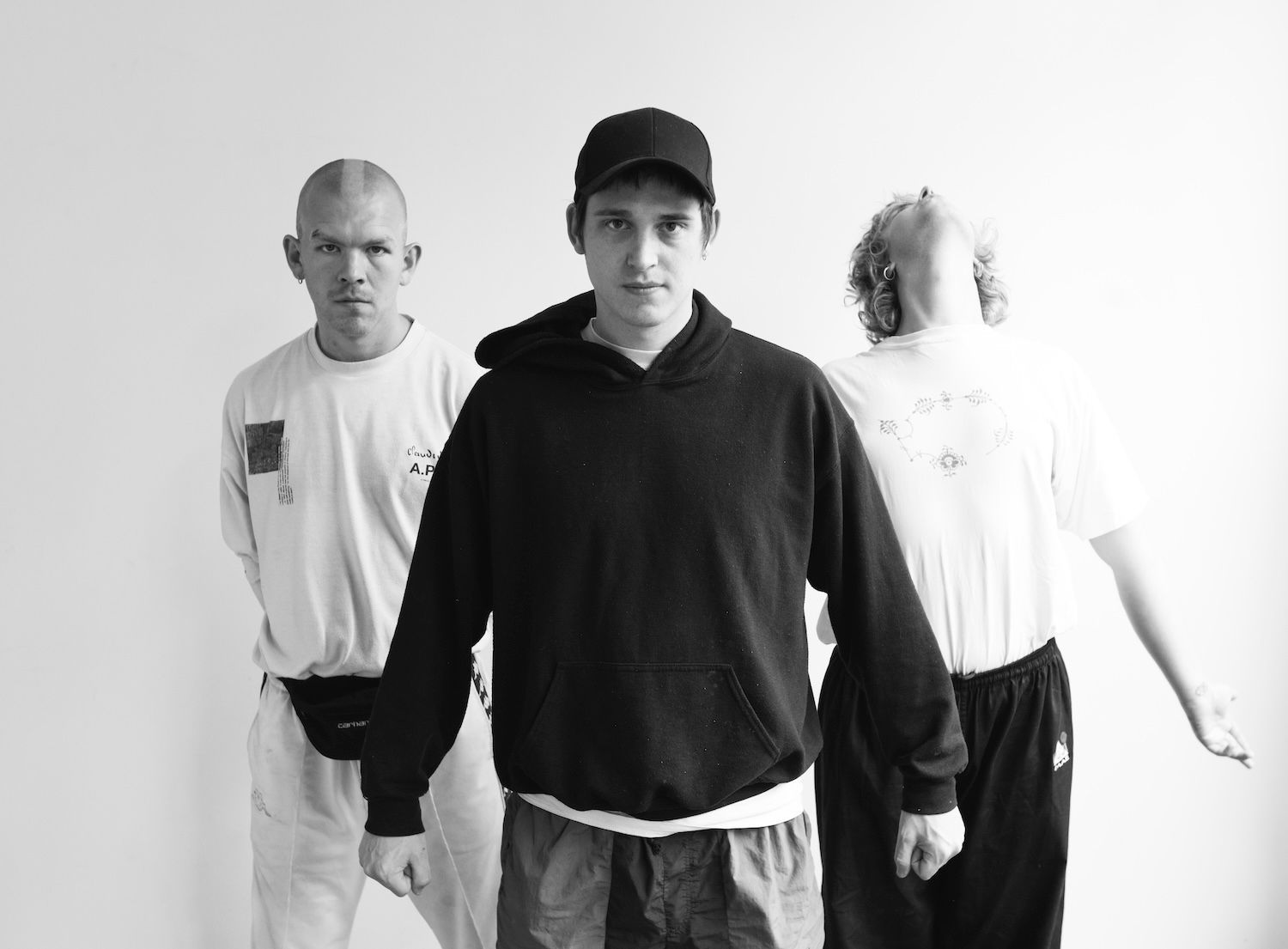The desire to go faster and farther is a natural evolution for many e-bike enthusiasts. While standard electric bikes offer a fantastic blend of assistance and exercise, there exists a realm of performance that pushes well beyond the showroom floor. Embarking on an upgrade to a 3000-watt system is to step into this high-performance world. It’s a project that promises exhilarating acceleration and a commanding presence, transforming a familiar bicycle into something far more potent. This journey, however, is much more than a simple motor swap. It is a comprehensive engineering challenge that demands careful planning and a deep respect for the forces involved. A successful high-power build requires a systemic approach, where the frame, battery, brakes, and wheels are all viewed as integral parts of a single, cohesive machine.
This guide explores the critical considerations necessary to undertake such an ambitious upgrade, ensuring the final result is not only thrillingly powerful but also balanced, reliable, and, above all, safe to ride. The goal is to build a machine where every component works in harmony to manage the immense new capabilities.
The Heart of the Upgrade: Motor and Controller
At the center of this transformation are the motor and controller, the duo responsible for generating and managing the power. For a 3000W build, a direct-drive hub motor is the most common and robust choice. Complete conversion packages, such as a popular Ebikeling 3000w kit, offer a straightforward path by bundling a pre-laced motor with a matched controller and throttle. This pairing is crucial. The controller acts as the brain of the operation, interpreting your throttle input and drawing the precise amount of current from the battery to send to the motor. A 3000W motor requires a controller specifically designed to handle the corresponding high amperage; a mismatch can lead to overheating, component damage, or severely limited performance. Beyond the electronics, physical integration is key. You must ensure the motor’s axle width is compatible with your bicycle’s rear dropouts. The sheer torque produced also necessitates the installation of robust torque arms to prevent the axle from spinning loose and destroying the frame, a foundational step for a safe and durable build.
Powering the Beast: Battery and Charging System
A 3000W motor is incredibly thirsty for power, and the battery you choose is the reservoir that must quench that thirst safely. The key lies in understanding the relationship between volts, amps, and watts. To achieve 3000 watts of output without generating excessive, damaging heat, these systems rely on high voltage, typically 72V. This allows the motor to run at lower amperage, which is easier on all components. Your chosen battery must have a high continuous discharge rating, often called a “C-Rating,” to ensure it can deliver this power without sagging or degrading prematurely. Critically, a robust Battery Management System (BMS) is the battery’s onboard guardian, protecting the delicate cells from over-charging, over-discharging, and short circuits. This large battery pack must be paired with a compatible and high-quality electric bicycle battery charger to ensure safe and efficient refueling. Using an underpowered or mismatched charger is not only slow but can also pose a significant fire risk and shorten the expensive battery’s lifespan.
Reinforcing the Foundation: Frame and Brakes
Putting a 3000W motor on a standard bicycle frame is a recipe for catastrophic failure. The immense torque and increased overall weight will overwhelm a structure designed for human power alone. A successful high-power build requires a robust foundation, starting with a steel or high-quality, full-suspension aluminum mountain bike frame. Even with a strong frame, the motor’s rotational force can easily rip open the dropouts where the wheel is mounted. For this reason, installing a set of thick, custom-fit torque arms is not optional; it is an essential safety measure.
Analysis of Frame and Brake Upgrades
| Component | Standard Part’s Weakness | Required Upgrade/Solution |
| Frame | Not designed for motor torque/weight | Steel or full-suspension aluminum MTB frame |
| Dropouts | Can be ripped open by rotational force | Thick, custom-fit torque arms |
| Brakes | Inadequate stopping power for high speeds | Hydraulic disc brake system |
| Brake Rotors | Poor heat dissipation during stops | Large (e.g., 203mm) rotors |
Just as crucial is a complete overhaul of the braking system. The stock rim or mechanical disc brakes on most bicycles are dangerously inadequate for the speeds you will reach. An upgrade to a hydraulic disc brake system is mandatory. These systems provide superior stopping power and feel, and pairing them with large 203mm rotors is recommended for effectively dissipating the heat generated during high-speed stops, ensuring you remain in control when it matters most.
The Point of Contact: Wheels and Tires
The connection between your powerful new e-bike and the road is managed entirely by your wheels and tires, making them critical safety components. The sheer rotational force and weight of a 3000W hub motor will quickly destroy a standard bicycle wheel. It is essential to invest in high-quality ebike wheels built for this kind of stress, typically featuring strong double-walled rims and laced with much thicker 12-gauge spokes to prevent buckling. The tires are equally important. Standard bicycle tires lack the durability and grip needed for high-speed travel and aggressive acceleration.
You should opt for premium downhill mountain bike tires with reinforced sidewalls, or even moped-rated tires if they fit your rims. These provide superior traction for both launching and braking, and their robust construction offers better puncture resistance. This is a vital consideration, as changing a flat tire on a heavy bike with a bolted-in hub motor is a far more involved task than on a conventional bicycle, making reliability paramount.
Conclusion
Successfully creating a 3000W electric bike is a deeply rewarding project that synthesizes raw power with careful, deliberate engineering. The journey is a testament to the idea that the whole is greater than the sum of its parts. A high-wattage motor is only the starting point; its true potential is only unlocked when supported by an entire ecosystem of upgraded components.
Key components that should work in concert include:
- A perfectly matched controller
- A high-discharge battery
- A fortified frame
- Powerful hydraulic brakes
- Robust wheels
The thrill comes not only from the silent, instant torque but also from the confidence of knowing you built it correctly. This endeavor is the ultimate expression of personal customization in the e-bike world, resulting in a unique vehicle tailored to your vision. It serves as a potent reminder that with great power comes the absolute necessity of great responsibility—both in the workshop during the build and out on the open road.




